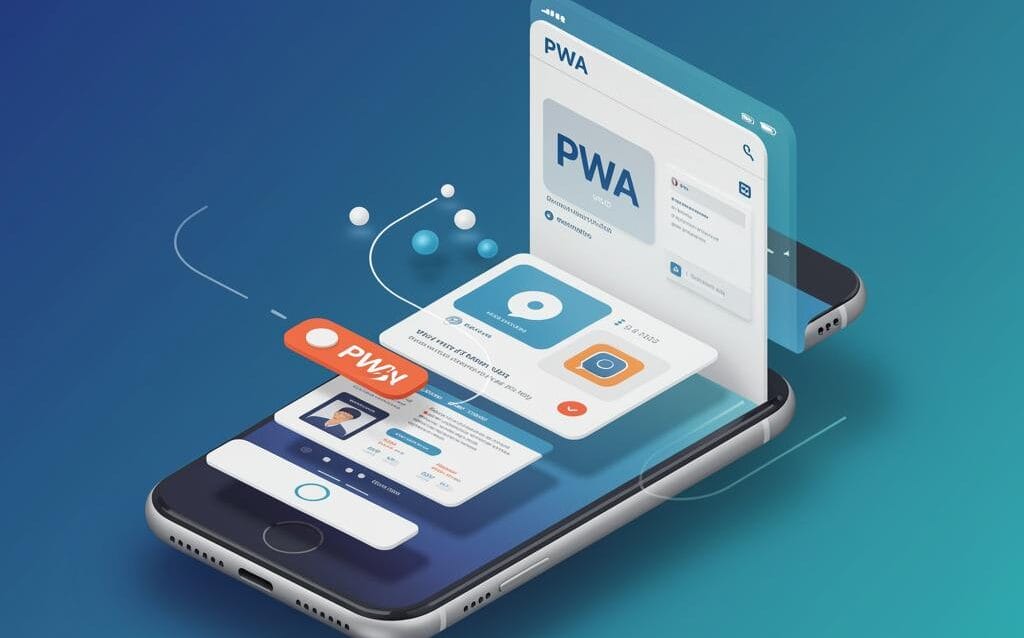PWAs: Bridging the Gap Between Web & Mobile
Progressive Web Apps (PWAs): Bridging the Gap Between Web and Mobile
In today’s mobile-first world, businesses and developers constantly seek ways to engage users effectively. Native mobile apps offer a rich user experience but come with development and distribution challenges. Web apps are easily accessible but often lack the performance and features of native apps. Progressive Web Apps (PWAs) emerge as a powerful solution, bridging this gap by combining the best of both worlds.
What are Progressive Web Apps?
PWAs are essentially websites enhanced with modern web technologies to deliver a native app-like experience. They are reliable, fast, and engaging, offering features like offline access, push notifications, and home screen installation, blurring the lines between web and mobile.
Key Characteristics of PWAs:
- Reliable: PWAs load instantly, even in uncertain network conditions, thanks to service workers caching.
- Fast: PWAs respond quickly to user interactions, providing a smooth and seamless experience.
- Engaging: PWAs offer an immersive full-screen experience with push notifications to keep users engaged.
Benefits of Using PWAs
PWAs offer a multitude of advantages for both users and businesses:
For Users:
- Faster loading times: No more waiting for app downloads or updates.
- Offline access: Content remains accessible even without an internet connection.
- Push notifications: Stay updated with relevant information and offers.
- Smaller storage footprint: PWAs take up significantly less space than native apps.
For Businesses:
- Cost-effective development: PWAs can be built using existing web technologies, reducing development costs.
- Wider reach: PWAs are accessible on any device with a web browser.
- Improved SEO: PWAs are discoverable by search engines, increasing visibility.
- Increased engagement: Push notifications and other features help boost user engagement.
PWA Development Considerations
Building a successful PWA requires careful planning and execution. Here are some key considerations:
Service Workers:
Service workers are crucial for enabling offline functionality, push notifications, and background sync. They act as a proxy between the web app and the network.
Manifest File:
The web app manifest is a JSON file that provides metadata about the PWA, such as the app name, icon, and display preferences. This file allows users to add the PWA to their home screen.
HTTPS:
PWAs require HTTPS for security and to enable service workers.
Examples of Successful PWAs
Many prominent companies have adopted PWAs, demonstrating their effectiveness:
- Twitter Lite: A faster, data-friendly version of Twitter.
- Starbucks: Allows users to browse the menu, order, and pay, even offline.
- Forbes: Provides a faster, more engaging reading experience.
Conclusion
Progressive Web Apps represent a significant advancement in web development, offering a compelling alternative to native mobile apps. By combining the reach of the web with the richness of native apps, PWAs empower businesses to deliver engaging experiences, enhance user satisfaction, and achieve their business objectives. As technology continues to evolve, PWAs are poised to play an increasingly important role in the mobile landscape.

